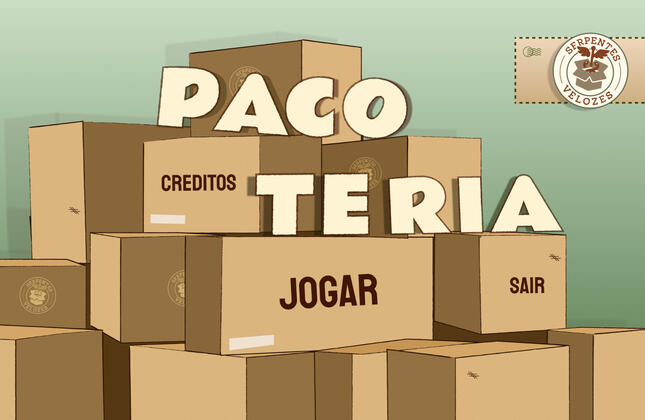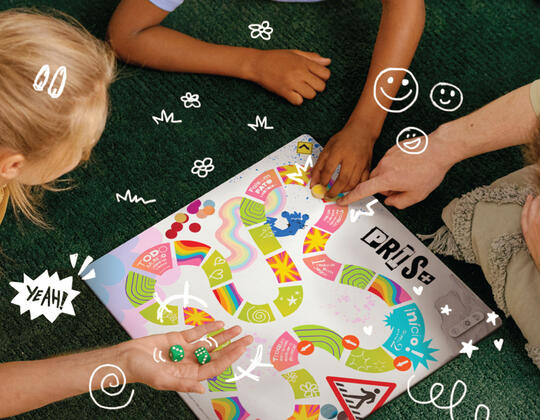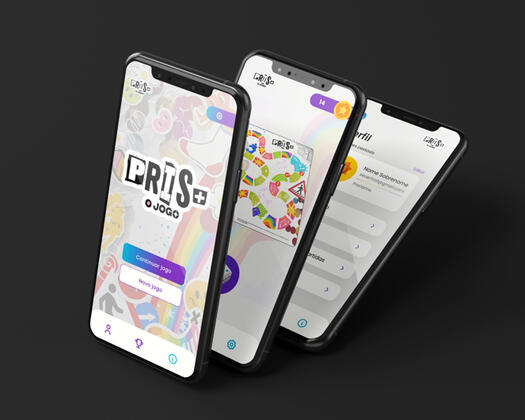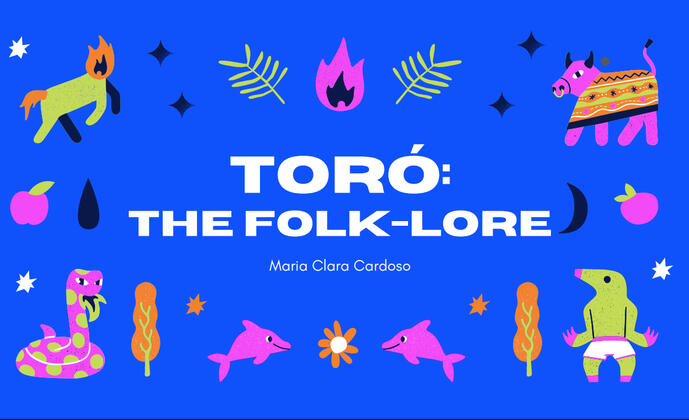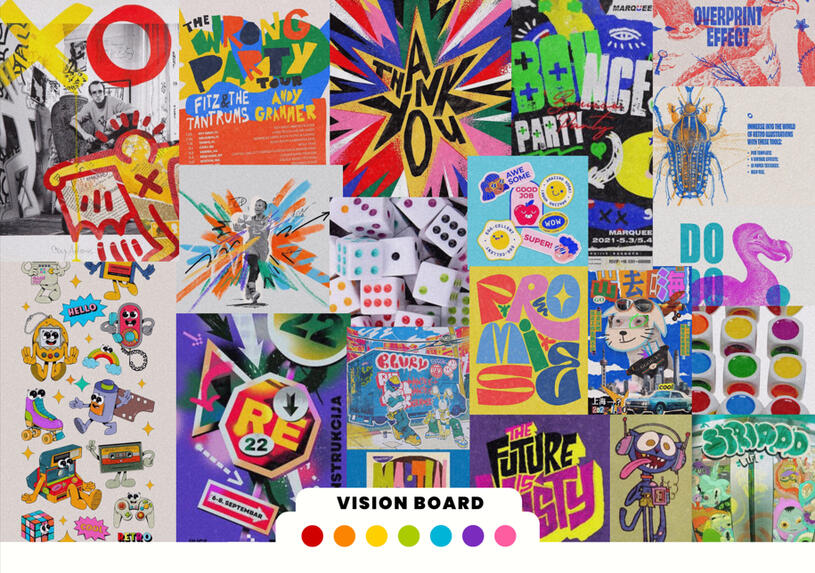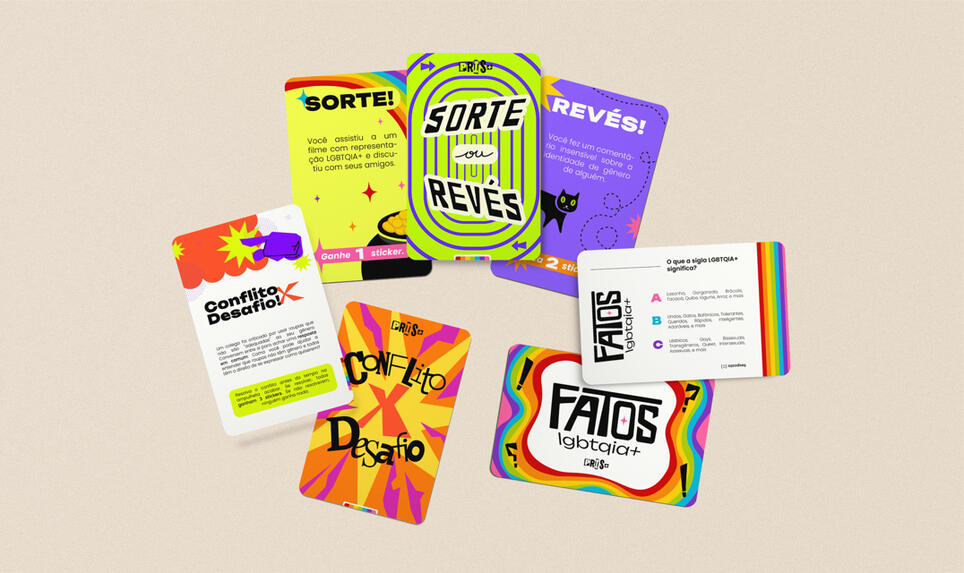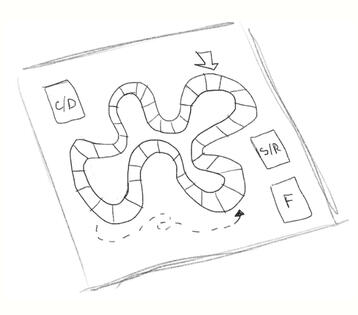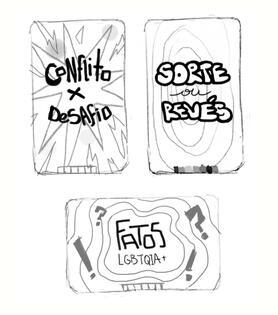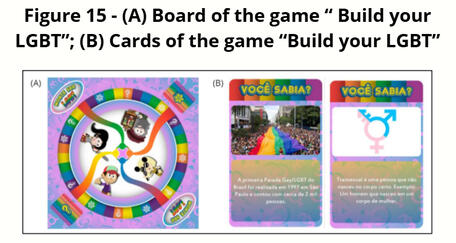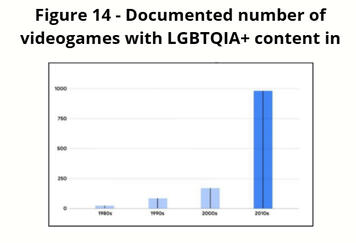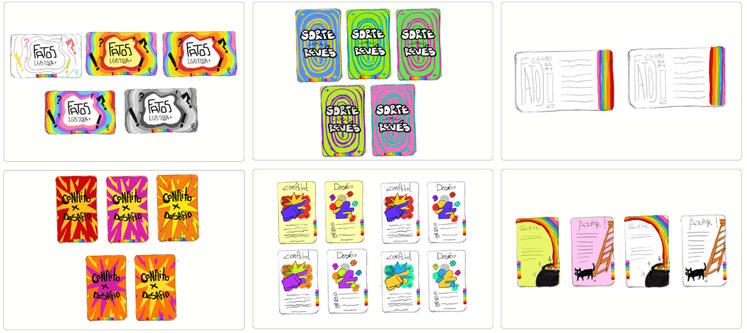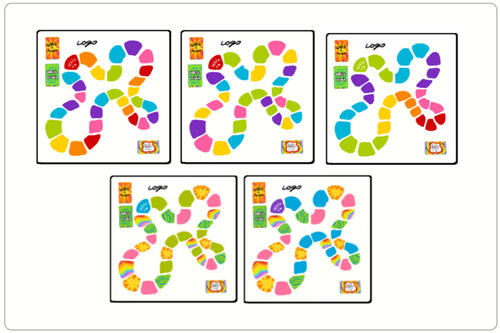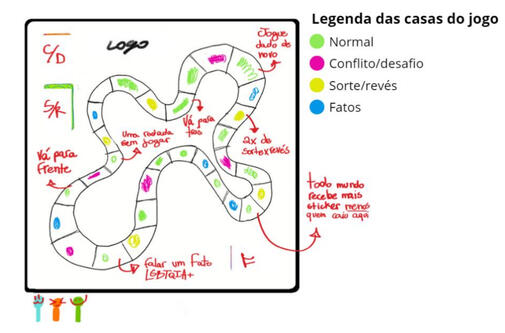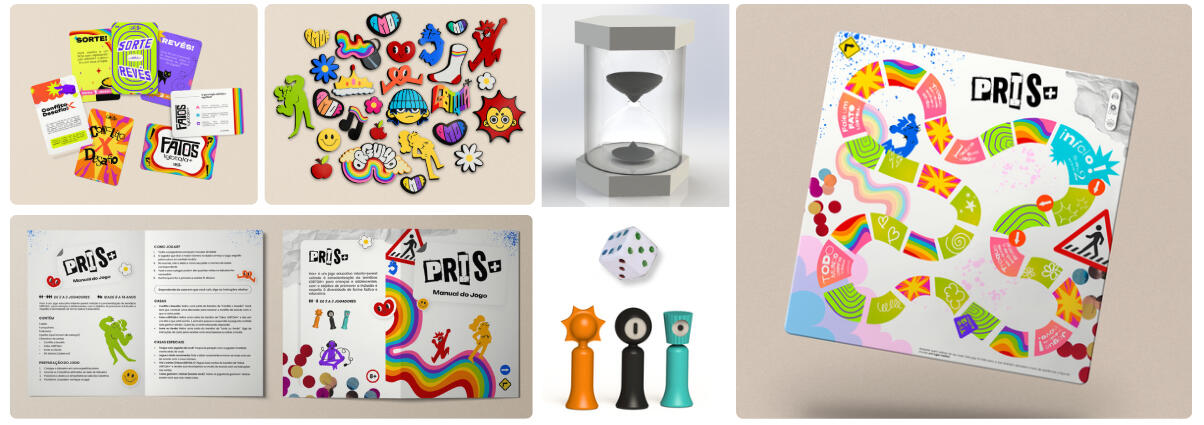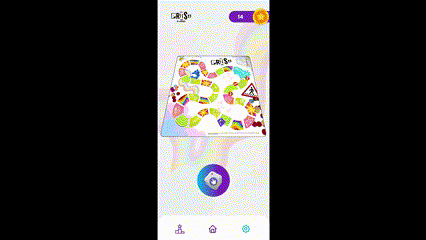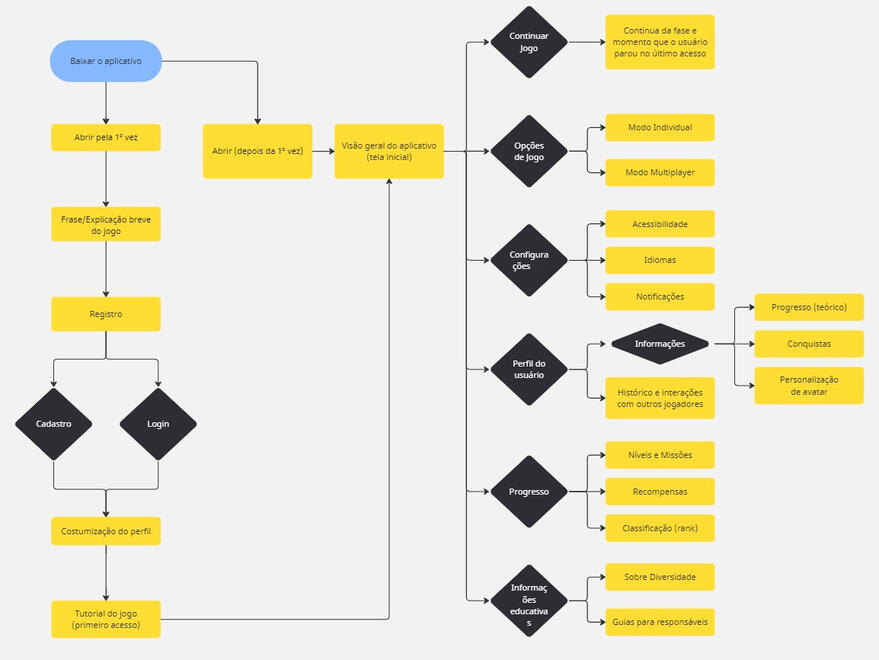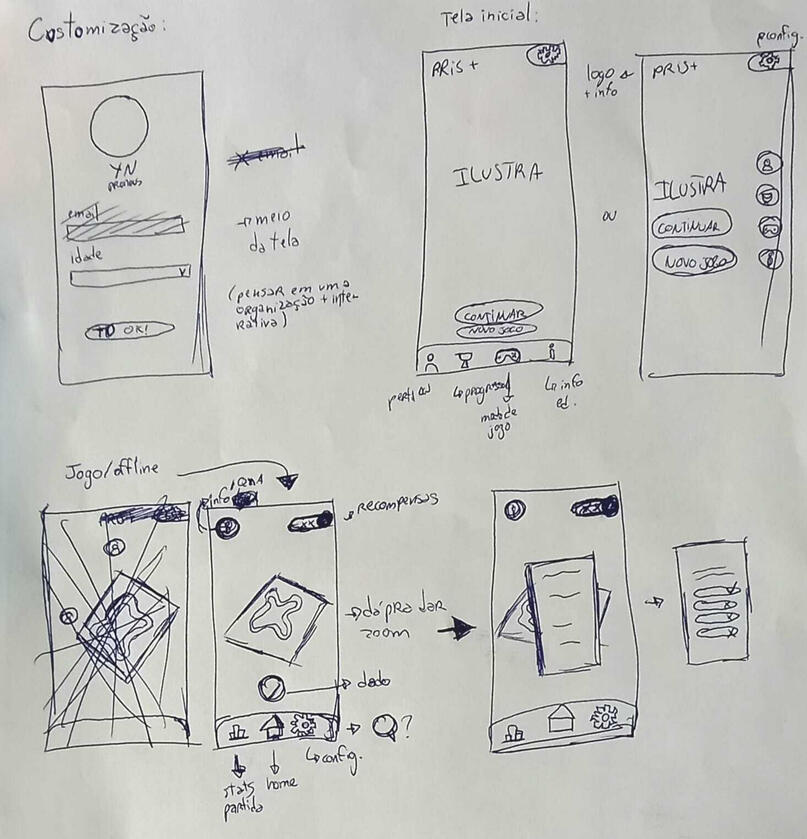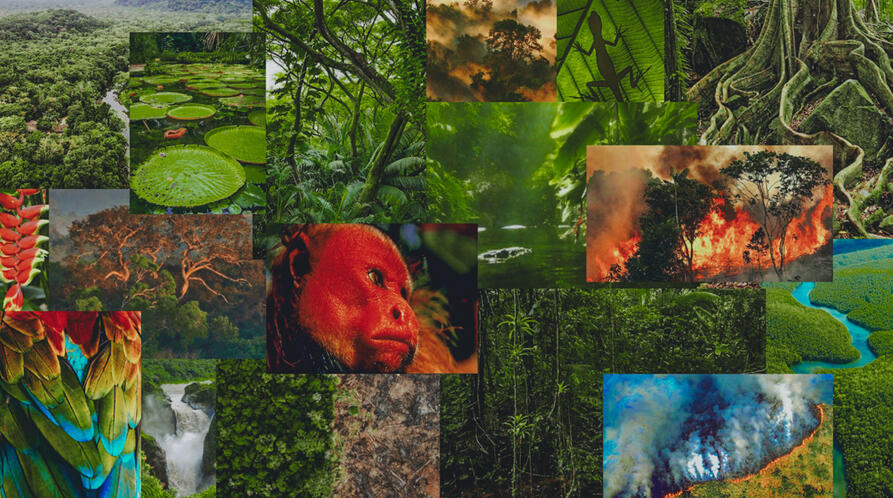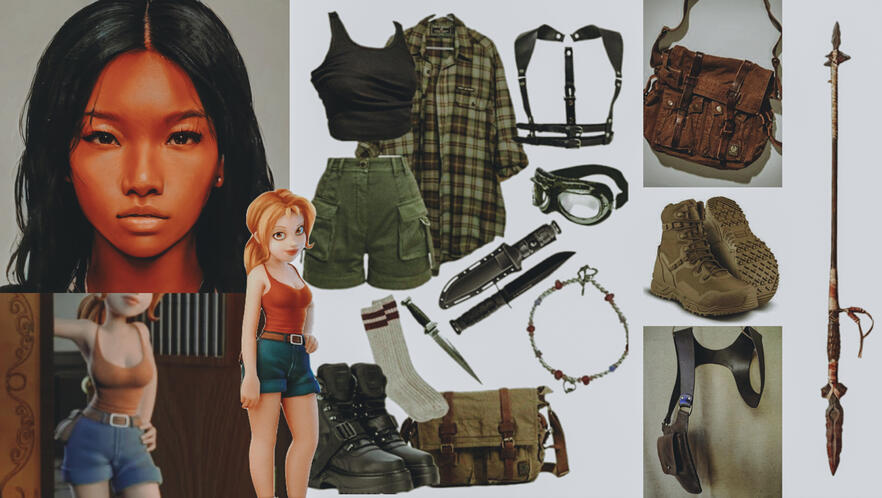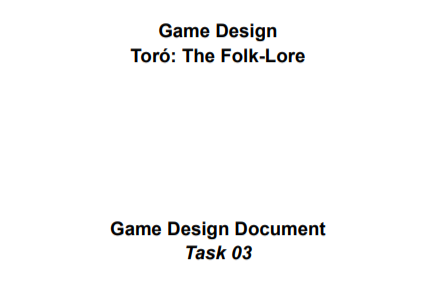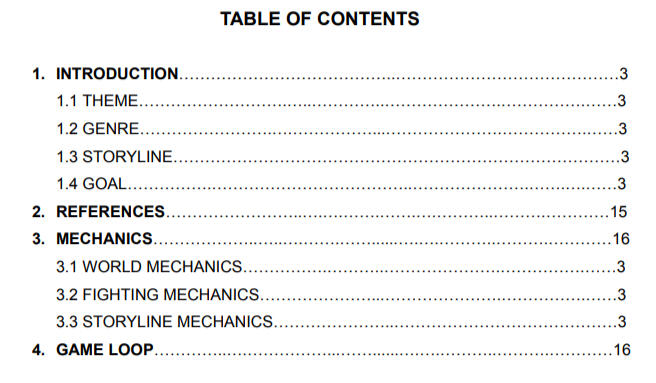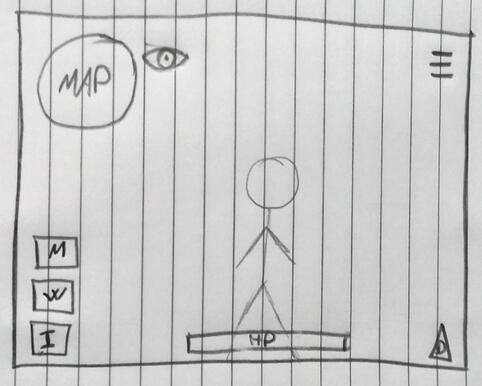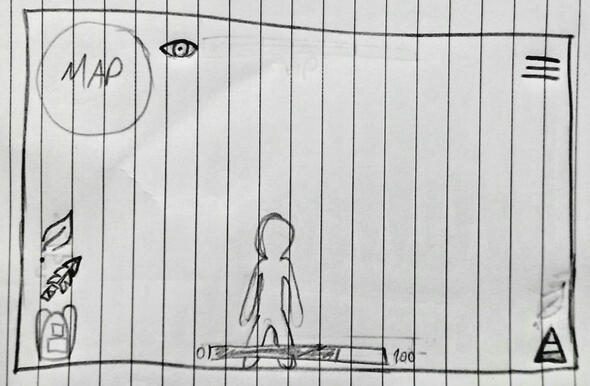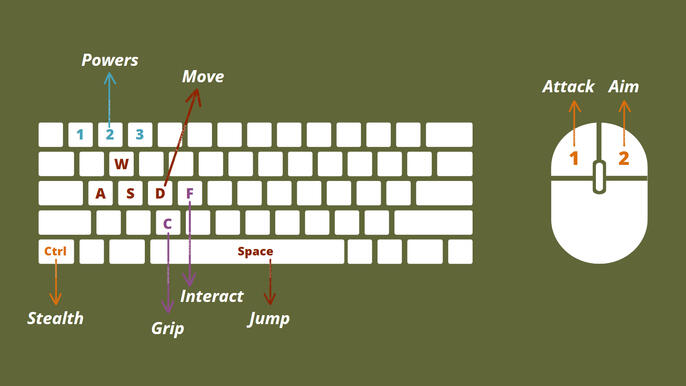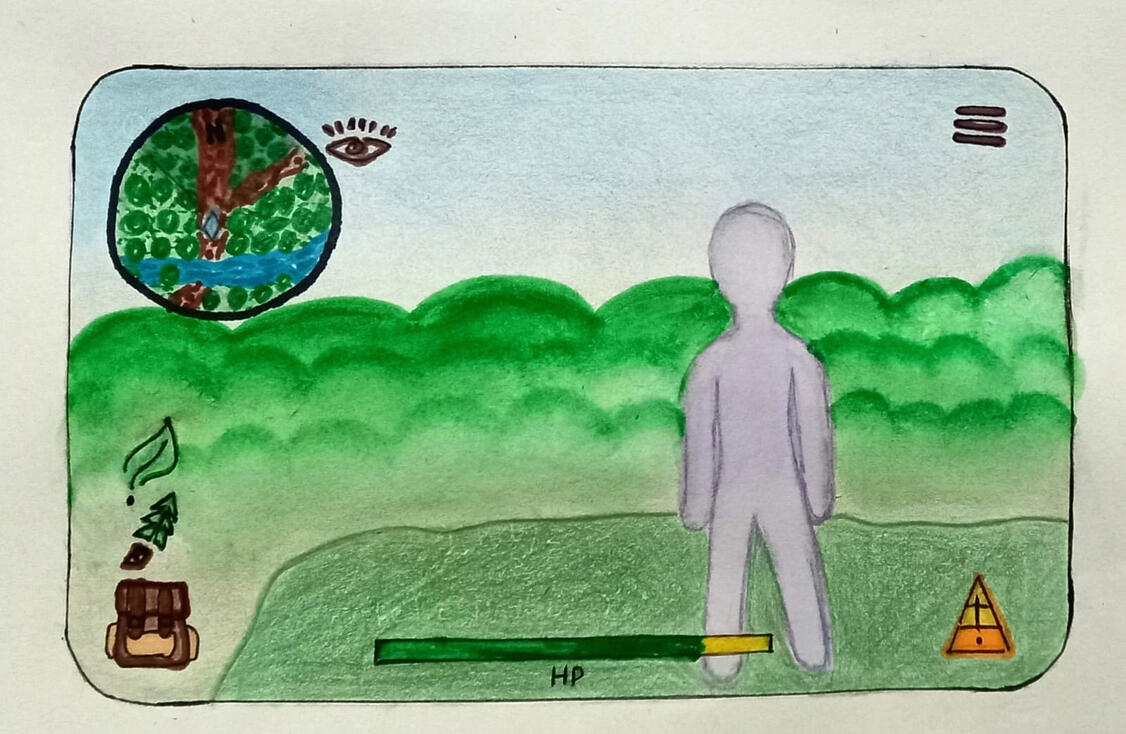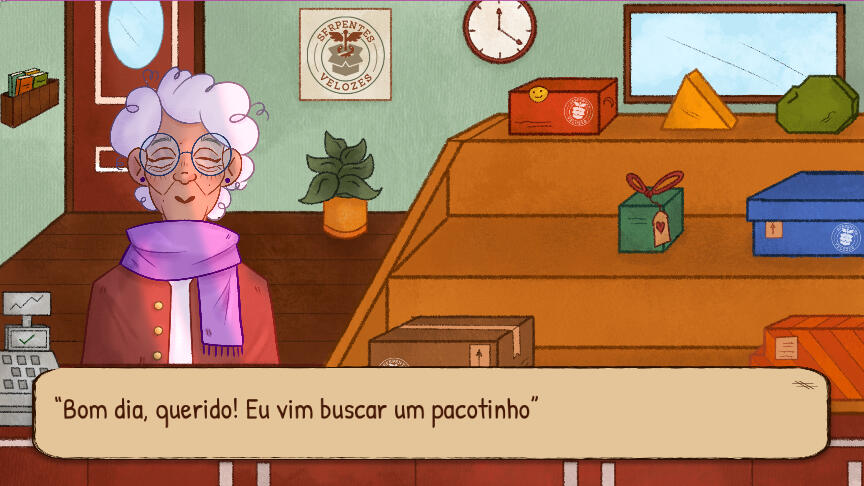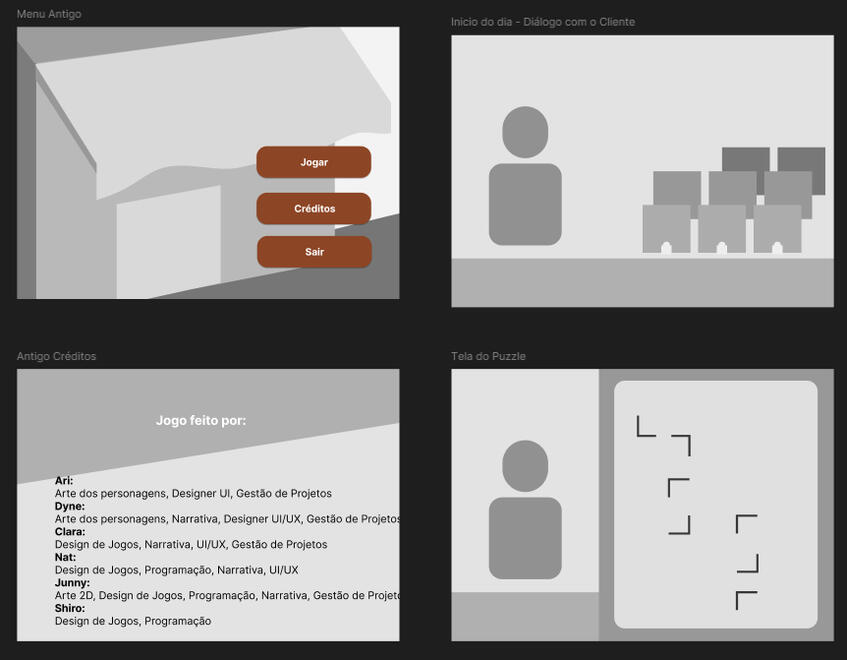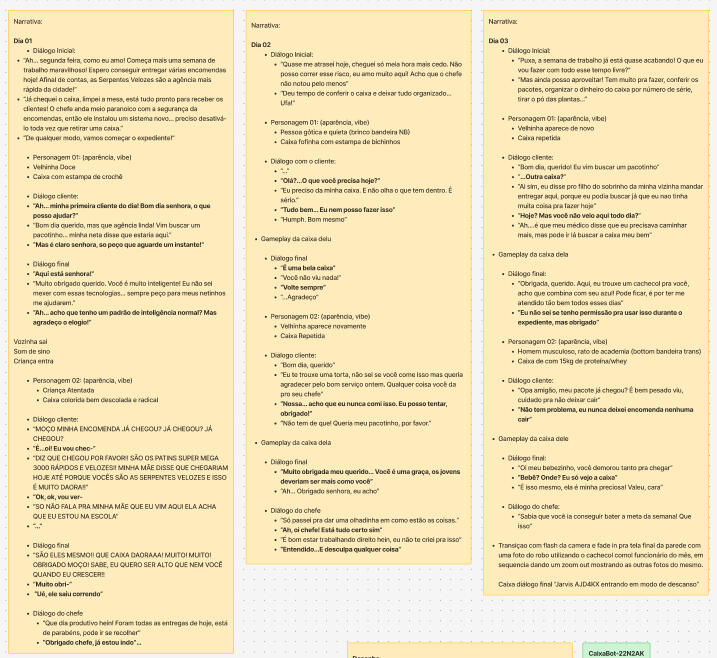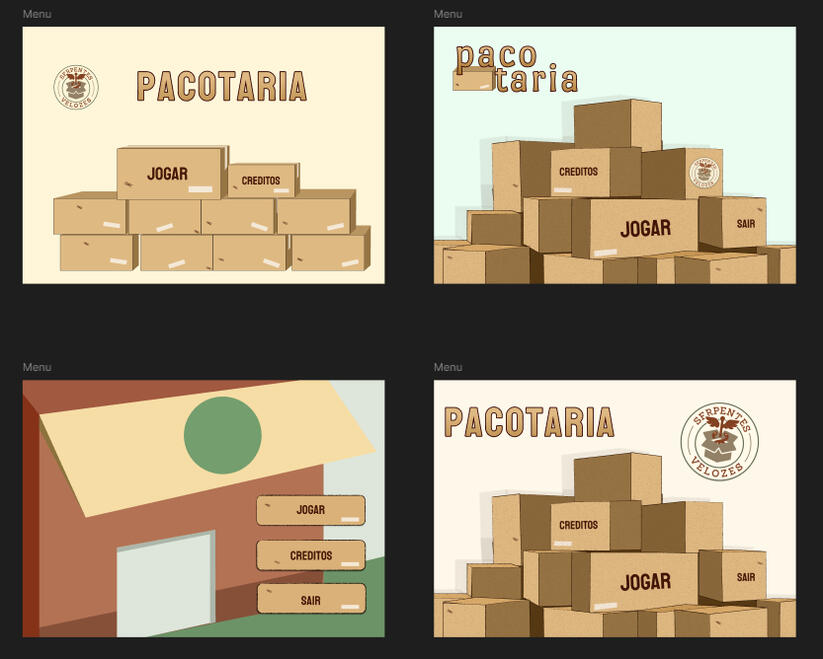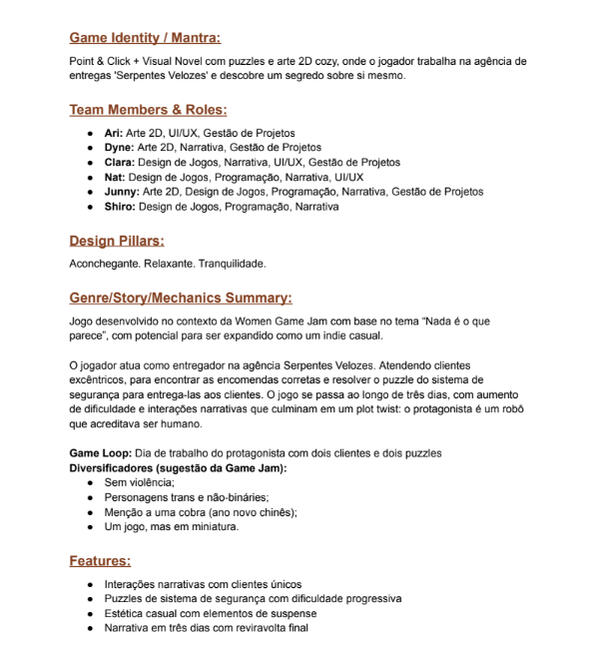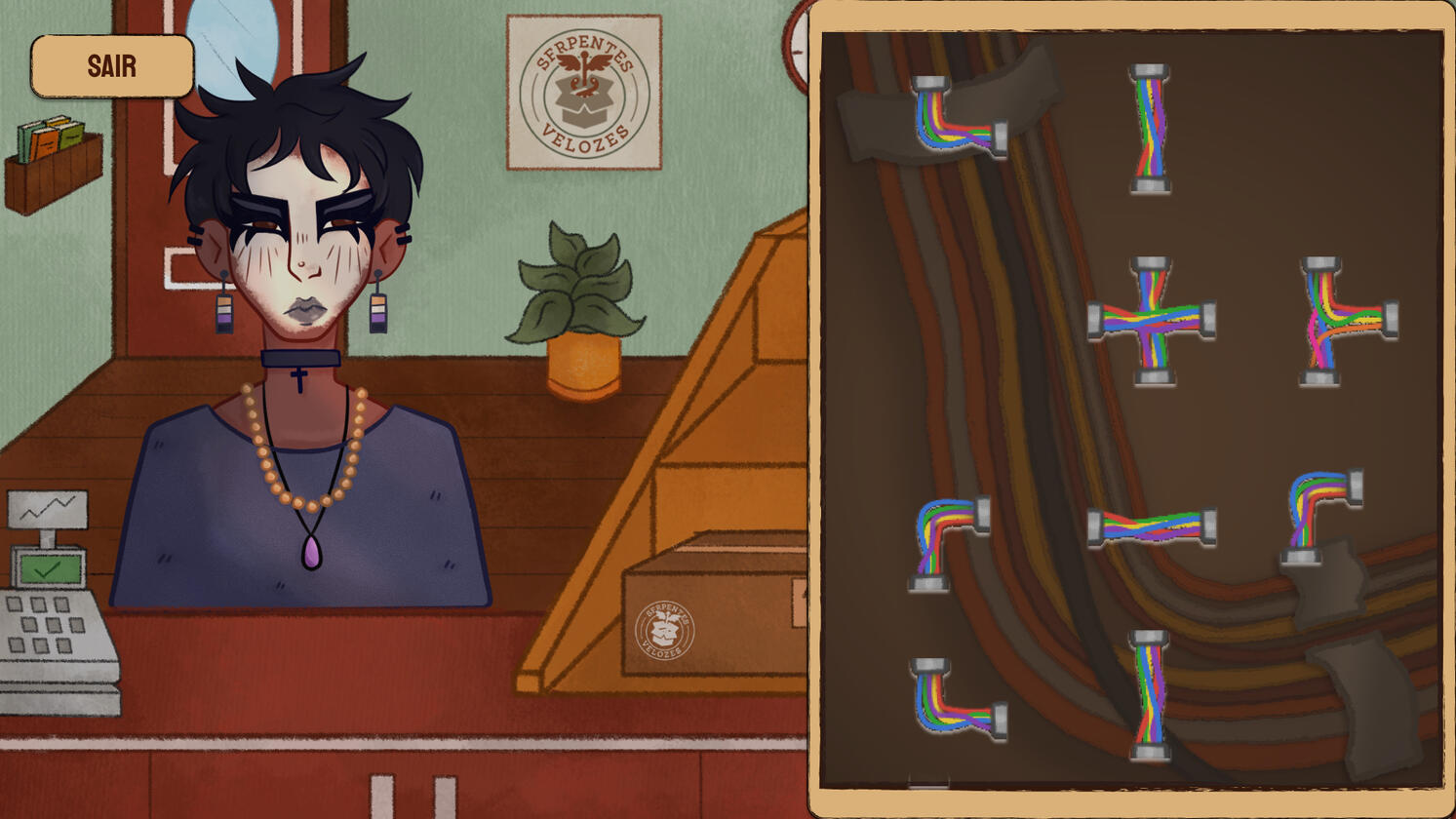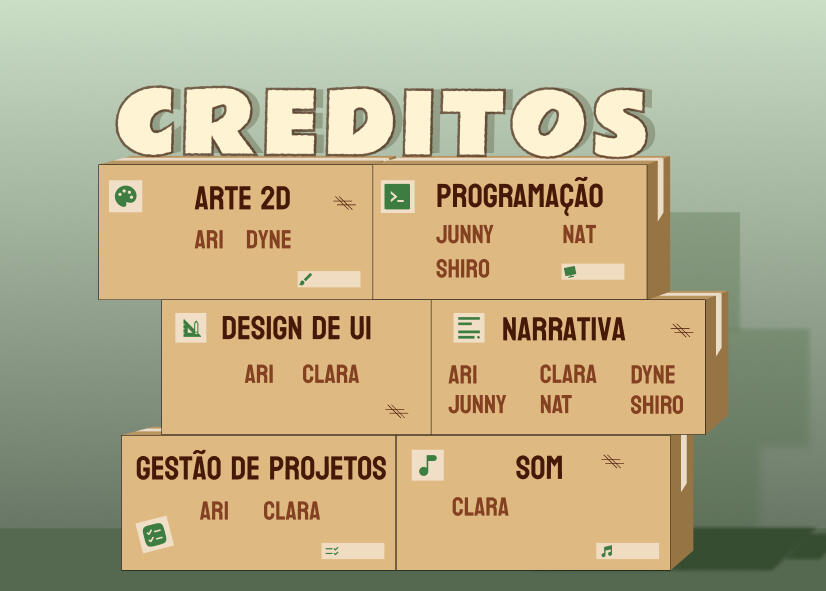portfolio, 2025

My most recent projects!
Click on any image and walk through the process with me :)
Maria Clara Cardoso, 2025.
Maria Clara Cardoso
Game & Visual Designer
Hi! I’m Clara — a designer and recent graduate passionate about crafting amazing experiences through games.I love turning ideas into beautifully made projects that bring people together, whether through intuitive systems, engaging visuals, or stories that spark connection.Let’s create things that feed the soul!
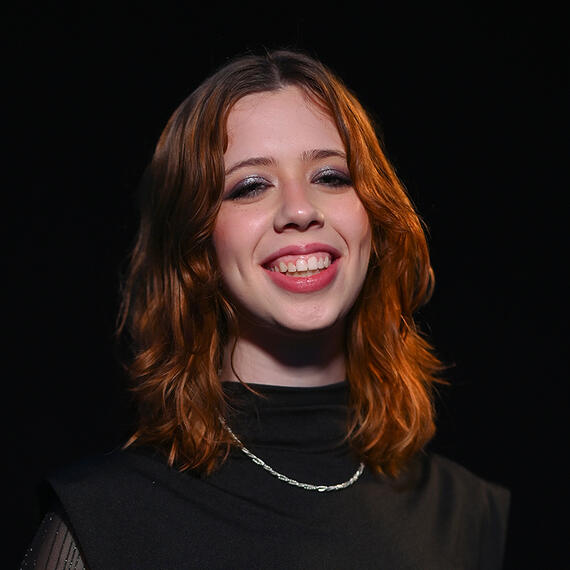
Pris+ Board Game
An educational board game raising awareness about LGBTQIA+ themes for children and adolescents aged 8 to 14.
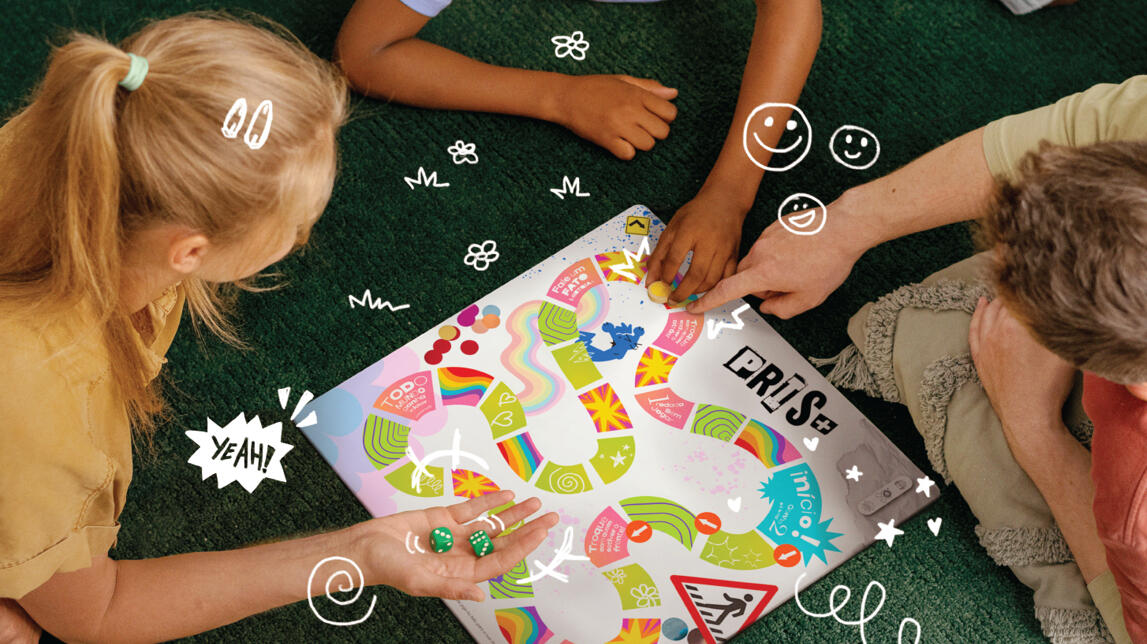
Project Overview
Pris+ is a board game designed to promote inclusion and encourage conversations about identity, diversity, and gender among young audiences.ㅤ• Target Audience: Kids & teens (8–14), educators, familiesㅤ• The Problem: A lack of engaging, age-appropriate educational tools addressing LGBTQIA+ topicsㅤ• The Goal: Use gameplay to create a safe, fun, and inclusive space for dialogue
Role & Contributions
My Roles:
Game Designer | Researcher | Visual DesignerResponsibilities:ㅤ• Worked closely with my partner to refine the game’s core mechanics and LGBTQIA+ educational framework, ensuring alignment within our shared visionㅤ• Co-led literature reviews on inclusive design and LGBTQIA+ representation, dividing topics (e.g., I focused on gamification, while my partner analyzed youth engagement and LGBTQIA+ statistics)ㅤ• Partnered to design characters (Sol, Phill, Void) and game components, merging our artistic styles for cohesive branding
ㅤTools & Methods Used:ㅤ• Figma, Illustrator, Photoshopㅤ• Design methodologies (Baxter, Löbach, Pazmino)ㅤ• User playtesting & iteration
Design & Development Process
Research & Ideation:
• Conducted extensive research on LGBTQIA+ communities, gamification, and educational games (e.g., literature review on LGBTQIA+ representation in Brazil, gamification frameworks by Huang and Soman)• Analyzed existing games (e.g., "Build your LGBT”) to identify gaps and opportunities• Defined core objectives: Promote inclusion, combat stereotypes, and foster dialogue through gameplay
Prototyping & Testing:ㅤ• Developed prototypes using tools like Brainwriting and Function Analysis to refine mechanicsㅤ• Created three card decks: Conflito/Desafio (conflict resolution), Fatos LGBTQIA+ (trivia), and Sorte/Revés (chance events)ㅤ• Tested usability with a provisional board, adjusting house rules and card layouts based on feedback
Challenges & Solutions:
| Challenge | Solution |
|---|---|
| Balancing education and fun | Integrated storytelling (e.g., character backstories) and interactive card mechanics |
| Ensuring inclusivity | Designed diverse characters (Sol, Phill, Void) and avoided stereotypes in card content |
| Simplifying complex themes | Used age-appropriate language and visual metaphors (e.g., rainbow colors for diversity) |
Final Outcome
Delivered Components:ㅤ• Board: 40x40cm, vibrant rainbow-themed design with action housesㅤ• Cards: Three decks (56x87mm) with conflict scenarios, LGBTQIA+ facts, and chance eventsㅤ• Tokens: 3D-printed peões (Sol, Phill, Void) and stickers as rewardsㅤ• Manual: A4 guide with rules and objectives
ㅤKey Features:ㅤ• Interactive Learning: Cards prompt discussions (e.g., "How to support a bullied peer?")ㅤ• Visual Identity: Disruptive, colorful aesthetics aligned with LGBTQIA+ symbolism (e.g., rainbow flag colors)ㅤ• Replayability: Modular card decks and variable house rules
Pris+ Mobile Game
A mobile adaptation of the Pris+ board game, making LGBTQIA+ education more accessible and interactive.
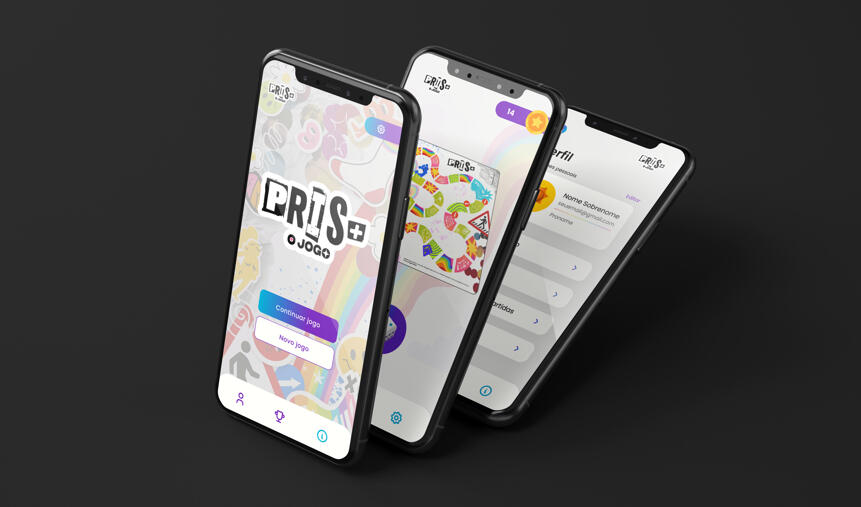
Project Overview
Pris+ Mobile brings the inclusive and educational values of the original board game into a digital, mobile-first experience. Designed for accessibility and engagement, it allows young users to explore LGBTQIA+ themes through interactive storytelling and gameplay.ㅤ• Target Audience: Kids & teens (8–14), families, educators, digital learnersㅤ• The Problem: Physical limitations and access barriers to inclusive learning toolsㅤ• The Goal: Extend reach and increase engagement through mobile interactivity while promoting values of respect, empathy, and acceptance
Key Features:ㅤ• Educational gameplay: Teaches about diversity and inclusion in a playful wayㅤ• Game modes: Single player (vs. AI) or multiplayer with friends, including offline modeㅤ• Progression: Phases with visual rewards and adventure/quest elementsㅤ• Accessibility: Simple interface, multilingual support and Android/iOS compatibilityㅤ• Security: Secure data collection and moderated environment for healthy interactions
Role & Contributions
My Roles:
Game Designer | UI/UX Designer | ResearcherResponsibilities:ㅤ• Created interface and interaction design in Figma, focusing on simplicity and intuitivenessㅤ• Adapted board game mechanics for touch-based play, ensuring accessibilityㅤ• Conducted research into mobile learning and inclusive UX, aligning with Guiding Criteria (e.g. promoting empathy, accessibility)ㅤ• Built prototypes and tested user flows, validating with 5W2H framework (e.g., "How" via design thinking and UI/UX methodologies)
ㅤTools & Methods Used:ㅤ• Figma (wireframing, prototyping)ㅤ• Benchmarking and SWOT Analysis (to address market gaps and strengths)ㅤ• Usability testing with colleagues
Design & Development Process
Research & Ideation:ㅤ• Analyzed LGBTQIA+ representation gaps in apps (Trend research)ㅤ• Defined User Requirements (e.g. offline playability, intuitive interface)
ㅤPrototyping & Testing:ㅤ• Designed wireframes (Structural mesh/Wireframe) and high-fidelity UIㅤ• Validated navigation (Navigation design) and accessibility featuresㅤ• Refined based on feedback (e.g., “Intuitive and colorful interface” - test participant)
Challenges & Solutions:
| Challenge | Solution |
|---|---|
| Translating physical mechanics to digital | Introduced tap-based choices and Task Flow Diagrams |
| Balancing education/fun | Embedded learning into decision loops (Guiding Criteria) |
| Technical constraints (iOS/Android) | Idealized Xcode and Android Studio for cross-platform optimization |
Impact & Learnings
Key Learnings:ㅤ• Inclusion requires accessibility (e.g., colors, readability) and contentㅤ• Initial testing (Refining Validation) facilitates integration
ㅤNext Steps (Roadmap):ㅤ• Expanding levels/scenarios (Listing of projections)ㅤ• Coding the back and front endㅤ• Publish on Google Play/App Store
Toró: The Folk-Lore
An open-world RPG where Brazilian folklore warriors battle ecological corruption.
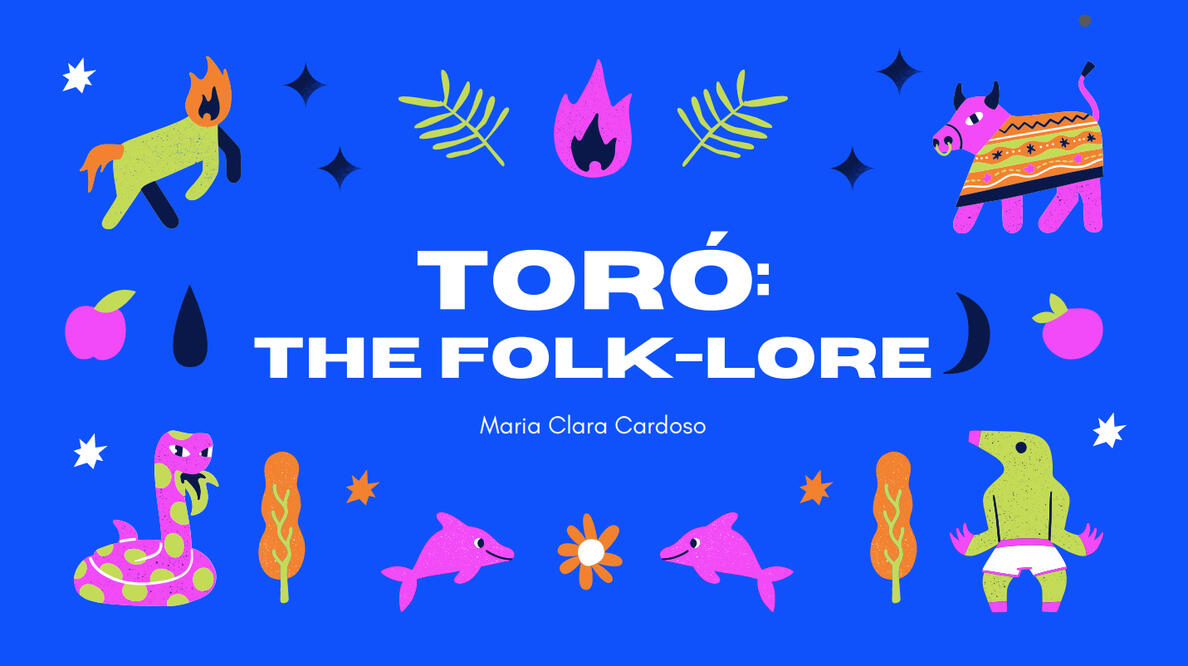
Project Overview
Toró: The Folk-Lore is theoretical narrative-driven 3D open-world RPG set in the Amazon, where players embody a young Amazonian woman chosen by Brazilian folklore legends to fight deforestation and heal corrupted wildlife.Blending Genshin Impact’s vibrant exploration with the moral storytelling of Detroit: Become Human, the game combines action combat, environmental puzzles, and myth-based quests to reimagine Brazilian folklore as a force for ecological restoration.ㅤ• Target Audience: Gamers aged 12+ (adventure/RPG fans); Educators & eco-conscious players; Fans of mythology and open-world gamesㅤ• The Problem: Deforestation and Folklore is often abstract in media; Toró makes it visceral through gameplayㅤ• The Goal: Teach rainforest conservation through folklore, engage players with combat and branching quests, and empower them to purify corrupted ecosystems
ㅤThe Core Conflict:The Amazon’s sacred balance is crumbling—deforesters ravage the land, while an evil energy twists animals into violent shadows of themselves. Only by allying with Folklore legends like Curupira (the guardian with backward feet) and Saci-Pererê (the trickster) can players restore harmony.
ㅤKey Features:ㅤ• Living Rainforest: Traverse a reactive open world—swing from vines, ride river currents, or slide through mud puddles—each biome rich with interactive flora and fauna.ㅤ• Dual Combat Philosophy: Engage in kinetic, combo-driven battles against deforesters, while solving environmental puzzles to purify corrupted jaguars and monkeys without harming them.ㅤ• Mythical Progression: Earn abilities from folklore allies, like Curupira’s terrain manipulation or Cuca’s fear-based crowd control, each tied to narrative choices.
Role & Contributions
My Roles:
Game Designer | Narrative Lead | Mechanics ArchitectResponsibilities:ㅤ• Designed world mechanics centered on physics-based traversal systems, incorporating elements like swinging vines and dynamic river currents to reflect the rainforest settingㅤ• Developed a hybrid combat system—melee combos for human enemies and talisman-based puzzles to rescue animals—merging action with environmental strategyㅤ• Brainstormed branching questlines inspired by regional folklore, integrating mythological figures as quest-givers to reinforce narrative depth and cultural contextㅤ• Balanced the core game loop—Mission → Combat → Ability Unlock → Exploration—ensuring a rewarding progression structure that motivates continued play and ecological restoration
ㅤTools Considered (Not Implemented):ㅤ• Unity for 3D prototypingㅤ• Figma for UI wireframes
Concept Development Process
Research & IdeationThe project began with deep cultural and mechanical research:ㅤ• Folklore Foundation: Studied Brazilian myths (Curupira, Saci, Cuca) to design authentic characters and quests, ensuring cultural integrityㅤ• Mechanical Inspirations: Adapted open-world systems from Genshin Impact (elemental synergies) and GTA (player freedom), reimagined for a nature-based settingㅤ• Core Loop Design: Structured gameplay around a "mission → combat → ability unlock" cycle, with player choices theoretically impacting the forest’s visual state
ㅤPrototyping & Testing (Conceptual)ㅤ• Vertical Slice: Hypothetical prototypes focused on one biome, testing vine-swinging traversal and talisman-based purification puzzles
ㅤ• UI/UX Theory: Proposed streamlined inventories and quest logs to reduce friction
Challenges & Solutions:
| Challenge | Solution |
|---|---|
| Balancing education/fun | Designed quests where purifying areas unlocked fast-travel, tying rewards to conservation |
| Open-world performance | Proposed modular asset loading (inspired by Genshin’s regions) for theoretical scalability |
| Cultural authenticity | Leveraged my native Brazilian heritage and academic research to ensure myths were portrayed with nuance—e.g., reimagined Cuca from a villain to a complex, tragic guardian of lost children |
| Tech limitations | Prioritized key mechanics (e.g., talisman puzzles) for student-project feasibility |
Project Legacy
Deliverables Created:ㅤ• Academic Framework: A complete idealization GDD detailing:ㅤ— Culturally-grounded worldbuilding (Amazon biome mechanics)ㅤ— Combat systems merging folklore with environmental puzzlesㅤ— Narrative structures based on Brazilian oral traditions
ㅤ
ㅤ• Academic Framework: A complete idealization GDD detailing:ㅤ— Culturally-grounded worldbuilding (Amazon biome mechanics)ㅤ— Combat systems merging folklore with environmental puzzlesㅤ— Narrative structures based on Brazilian oral traditions
ㅤ
ㅤ• Cultural Archive: Myth profiles for Curupira, Saci, and Cuca—preserving their nuances beyond stereotypical portrayals
ㅤTheoretical Applications:ㅤ• Classroom Ready: Adaptable for game design courses on cultural storytelling.ㅤ• Investor Pitch: Serves as a foundation for grant proposals or team onboarding.
Why This Matters
& What’s Next
Cultural Impact:Proves student projects can pioneer ethical game design—where mechanics and myths coexist authentically
ㅤFuture Pathways (If development resumes):ㅤ• Tactical Prototyping:ㅤ— Build a playable talisman purification mini-game in Unityㅤ— Partner with Brazilian voice actors for character dialogues
ㅤ
ㅤ• Community Collaboration:ㅤ— Work with Brazilian artists on asset creation (e.g., Curupira’s red hair as a dynamic fire VFX)
ㅤ
ㅤ• Advocacy Integration:ㅤ— Link in-game reforestation to real-world NGO initiatives (e.g., unlockables tied to tree-planting campaigns)
Pacoteria
A cozy narrative puzzle game where things aren't quite what they seem.
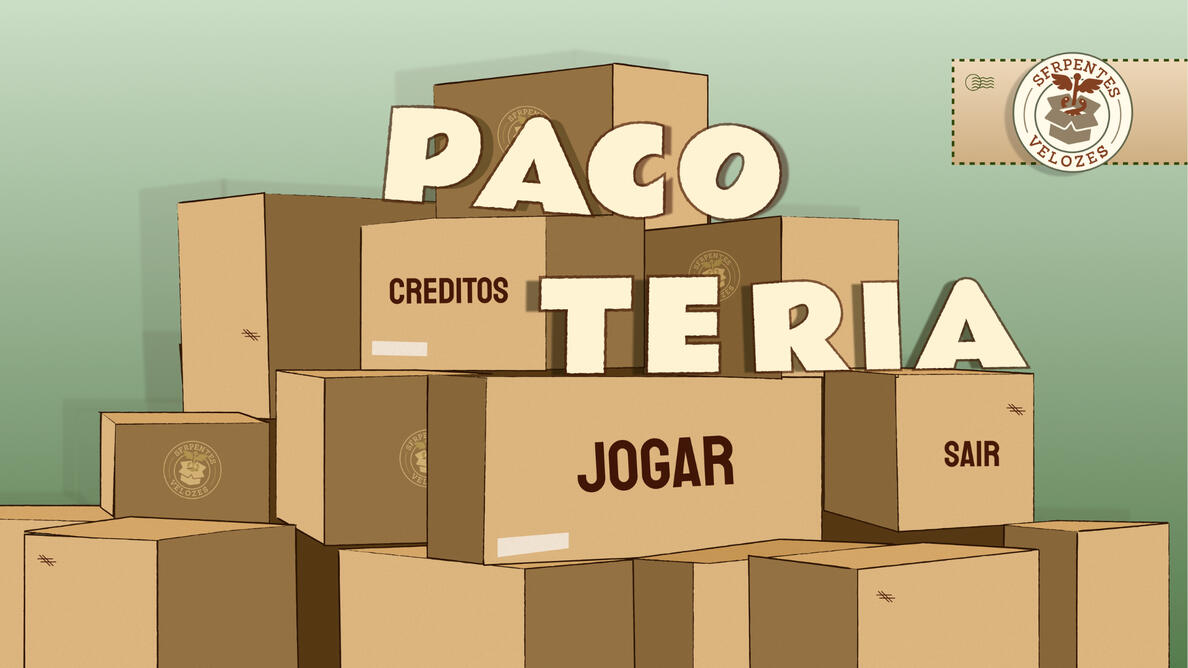
Project Overview
Pacoteria is a point & click + visual novel puzzle game created during the Women Game Jam 2025 under the theme “Nothing is what it seems”. The player takes on the role of a delivery worker at the quirky agency Serpentes Velozes, solving logic-based puzzles to deliver packages to eccentric clients. Over three in-game days, narrative interactions gradually reveal a surprising twist: the protagonist is not human, but a robot discovering their own identity.ㅤ• Target Audience: Players who enjoy short, narrative-driven puzzle games with cozy aesthetics (fans of visual novels, mystery plots, and casual puzzle-solving)ㅤ• The Problem: Many jam games struggle to balance narrative depth with engaging mechanics in such a limited timeframe. Our challenge was to merge storytelling with puzzles without overwhelming players or compromising accessibilityㅤ• The Goal: Create a cozy, inclusive, and engaging jam game that delivers both fun puzzles and a meaningful narrative payoff while fitting the Game Jam themeThe game combines warm 2D visuals, puzzle-solving, and narrative suspense in a non-violent, character-driven experience.
My Contributions
My Roles:
Game Designer | UI/UX & Narrative | Project ManagementResponsibilities:ㅤ• Game Design: Helped define the game loop (two clients + two puzzles per day) and puzzle progressionㅤ• Narrative & UX: Co-wrote dialogues and designed client interactions that foreshadow the twist while keeping engagement highㅤ• UI/UX: Contributed to HUD and menu design (dialogue boxes, puzzle overlays, credits)ㅤ• Collaboration & Project Management: Coordinated across programming, art, and designers to ensure mechanics and story stayed consistent and feasible within the Jam timeframe, while supporting team members as needed
ㅤTools & Methods Used:ㅤ• Game Engine: Godot 4.xㅤ• Design Tools: Figma (UI layout & flow), Miro (narrative mapping)ㅤ• Methods:ㅤ— Rapid prototyping within jam constraintsㅤ— Iterative puzzle balancing for progressive difficultyㅤ— Narrative design through dialogues and foreshadowingㅤ— Playtesting for accessibility and user feedbackㅤ• Game Design Document (GDD):ㅤ— Outlined the core loop, narrative structure, puzzles, and design pillars
Design Decisions & Challenges
Main decisions:ㅤ• We chose a hand-drawn 2D style to align with the cozy tone and keep scope realistic for a 48h jamㅤ• Puzzle mechanics were structured to escalate gradually without frustrating playersㅤ• The narrative was integrated into every puzzle and interaction to ensure that story and mechanics felt cohesive, supporting the jam theme organically
Challenges & Solutions:
| Challenge | Solution |
|---|---|
| Balancing story and puzzles in limited time | Designed short, accessible puzzles directly tied to narrative beats |
| Keeping a cozy tone while adding mystery | Applied warm visuals and lighthearted interactions, layered with subtle foreshadowing |
| Designing quick, clear UI feasible for a jam | Created minimal, modular overlays (dialogue boxes, puzzle windows) that programmers could implement rapidly |
| Coordinating a 48h jam team | Divided tasks modularly, iterated through rapid prototyping, maintained communication with check-ins, and prioritized rest for sustainable progress |
Impact & Learnings
ㅤ• Learned to balance puzzle mechanics with narrative pacing in a game jam settingㅤ• Strengthened collaborative design skills and adaptability under time pressure.ㅤ• Gained experience in designing UI/UX for narrative-driven puzzlesㅤ• Highlighted the importance of emotional tone and art direction in supporting storytelling
